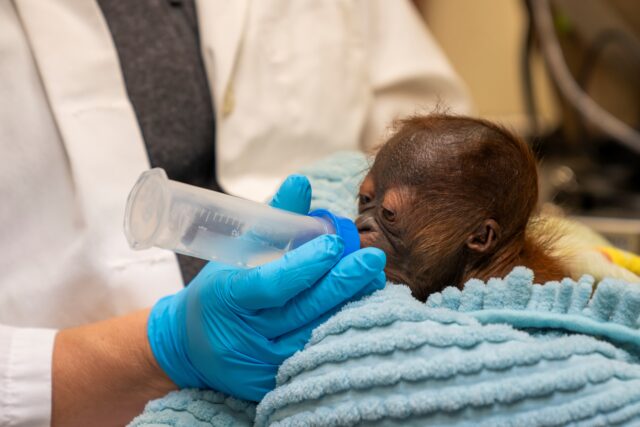A team of scientists from Hubbs-SeaWorld Research Institute (HSWRI) and SeaWorld San Diego has provided the strongest evidence yet that killer whale dialects are learned.
Published today in the Journal of Experimental Biology, the study found that juvenile male killer whales are capable of learning new call types when they undergo a change in social association.
Killer whales have vocal repertoires that scientists call ‘dialects’ because they’re composed of calls unique to particular social groups. Discovering how whales develop these dialects hasn't been possible in the wild because of the inherent challenges in tracking an individual whale’s vocalizations and behaviour regularly and for extended periods of time.
The HSWRI study took advantage of the unique habitat at SeaWorld that was outfitted with multichannel video and eight hydrophones. This environment allowed the researchers to record and analyze the calls made by individual whales over a five-year period.
Working with whales at SeaWorld San Diego, Dr. Ann Bowles (HSWRI Bioacoustics Program Leader and corresponding author) and her team studied shifts in vocal behaviour and social association using a unique experimental condition: exposure to more than one dialect.
Bowles studied six killer whales at SeaWorld San Diego. Four shared a common dialect of Icelandic lineage, including the dominant female, her son, and a juvenile male companion. Two other adults, a male and a female, had different dialects. The research team analyzed individual call repertoires and social associations of the whales during two periods. For each pair of whales, the team compared the overlap in repertoire with a measure of association, the proportion of time they elected to swim together.
In the second study period, changes in the study population (including a new calf born to the dominant female) resulted in an adventitious experiment in social change. Afterward, the dominant female’s son and his young male companion started associating more with the unrelated adult male, whose dialect differed from theirs.
“By the end of the second study period, both of the juveniles were using calls that were new to them from the dialect of the older male,” Bowles says. "The adult male’s ‘dialect’ was unique. We don’t know how he acquired his unique calls, but based on our observations we can say that the juveniles must have acquired them through learning rather than, say, as a matter of genetics."
This research also demonstrated that the juvenile males acquired their new calls after they started associating with the adult male, suggesting that learning was stimulated by the social change. The next step will be to evaluate other age-and sex-classes for evidence of changes in vocalizations with changes in association. "Truthfully, we're just taking the first baby steps in understanding how individual whales learn and who they learn from at various stages in their lives," says Bowles.
There are deeper implications of this study. Learning whether social association affects the calls of killer whales sheds important light on how wild populations of whales interact. Scientists still don’t know if and how populations of killer whales can merge. The data from this study give clues about how that might occur.
Back to news

